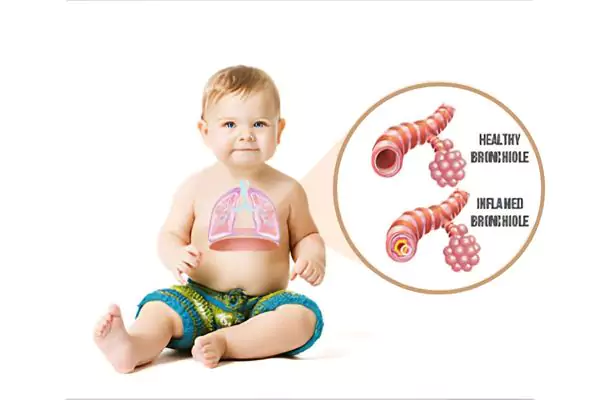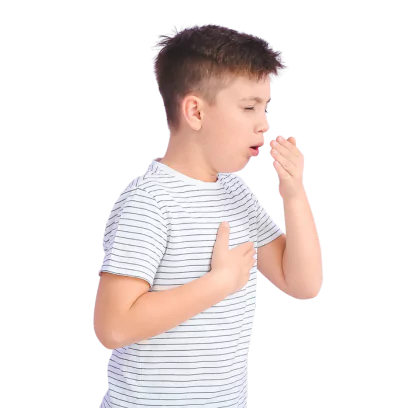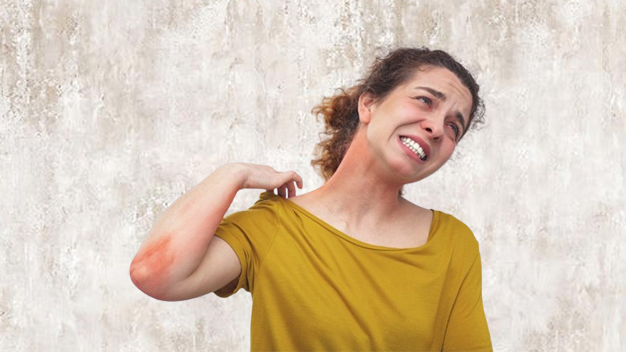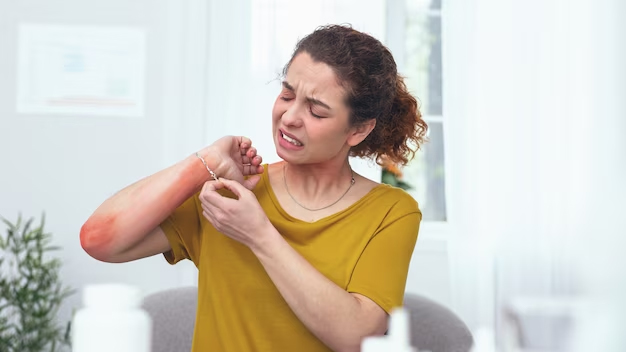On This Page
What is Bronchiolitis?
Bronchiolitis is the most common lower respiratory tract infection in the first year of life: one in five infants is affected and 2-3% are admitted to hospital. Bronchiolitis is an acute inflammation of the airways. In infancy, it usually results from viral infection, with RSV (Respiratory syncytial virus) the most common agent. The clinical syndrome is characterized by symptoms of lower respiratory tract infection and obstruction. In most patients, the duration of illness is 1 week, but bronchiolitis can cause serious morbidity in patients with pre-existing cardiopulmonary disease. In addition, patients may be left with serious sequelae.
In Ayurveda, Bronchiolitis may be included in Swasa roga mentioned in Ayurvedic classics. Aetiopathogenesis and clinical presentation of the disease can be correlated with Swasa roga. As per the Ayurvedic principles, respiratory diseases have the predominance of Vata dosha (one among the functional pillars of body) along with vitiation of Kapha dosha and Pranavaha srotas (cardio-respiratory system).
What are the Causes of Bronchiolitis?
Bronchiolitis is caused by a virus known as the respiratory syncytial virus (RSV), which is spread through tiny droplets of liquid from the coughs or sneezes of someone who’s infected. The infection causes the smallest airways in the lungs (the bronchioles) to become infected and inflamed. The inflammation reduces the amount of air entering the lungs, making it difficult to breathe.
What are the Symptoms of Bronchiolitis?
Bronchiolitis usually develops following one to three days of common cold symptoms, including the following:
- Nasal congestion and discharge.
- A mild cough.
- Fever (temperature higher than 100.4°F or 38°C). The table describes how to take a child’s temperature
- Decreased appetite.
As the infection progresses and the lower airways are affected, other symptoms may develop, including the following:
- Breathing rapidly (60 to 80 times per minute) or with mild to severe difficulty
- Wheezing, which usually lasts approximately seven days
- Persistent coughing, which may last for 14 or more days (persistent cough also may be caused by other serious illnesses that require medical attention)
- Difficulty feeding related to nasal congestion and rapid breathing, which can result in dehydration
Ayurvedic Reference of Bronchiolitis (Swasa roga)
कफोपरुद्ध-गमनः पवनो विष्वग्-आस्थितः ।
प्राणोदकान्न-वाहीनि दुष्टः स्रोतांसि दूषयन् ॥
उरः-स्थः कुरुते श्वासम् आमाशय-समुद्भवम् । (अ.हृ.नि.५/३)
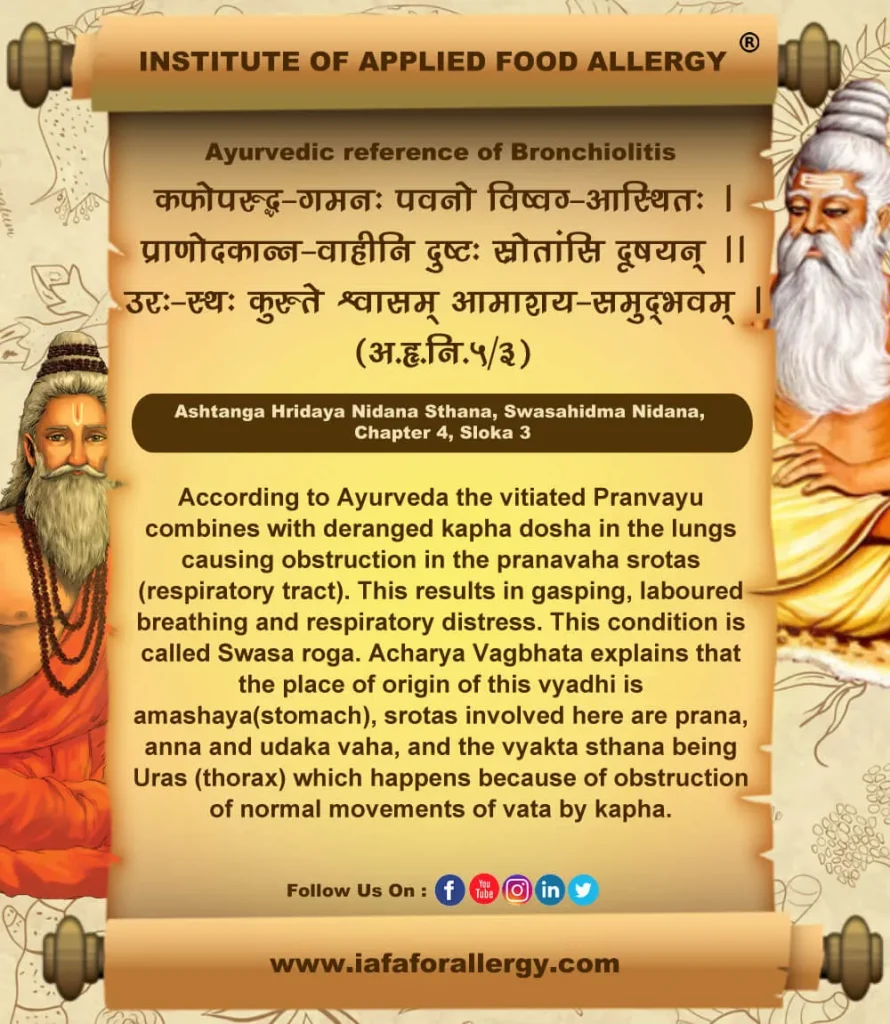

“Dr. Gupta’s IAFA® aspires to be the destination of choice for people seeking authentic Ayurveda healthcare. Institute of Applied Food Allergy® ensures that our health care system better meets the needs of all about your child’s health”.
Making health care better. Together.!!! Dr. Gupta’s IAFA for your child’s future!!
– Dr. Sahil Gupta (B.A.M.S., M.H.A.)
Ayurvedic Allergy Specialist
CEO & Founder of IAFA®
At last, Easier Bronchiolitis Management

Trusted by
More than 90,000 Patients

Convenient
at-Home Treatments

9.2 / 10
Customer Satisfaction Score
Natural Treatment of Bronchiolitis
As per Ayurveda, Natural treatment of Bronchiolitis focuses on balancing Vata and Kapha Doshas, so the remedies such as Internal Medicine, External Therapies along with Panchakarma therapies used for the treatment of bronchiolitis, possess qualities like Vata Kapha Samana (alleviating vata and kapha dosha), Ushna (hot by potency) and Vatanulomana (shaman of vata).
Internal Medicines for Bronchiolitis
- Dashmoola Katutraya Kashaya
- Bharangyadi Kashaya
- Vasa Vyaghri Kashaya
- Pathyashadanga Kashaya
- Elakanadi Kashaya
- Talisadi churna
- Sitopaladi churna
- Shringyadi churna
- Vyaghri haritaki
- Vasavleha
- Kantkaryavleha
- Vasa ghrita
- Kantakari ghrita
- Baraka bhasma
- Sameerpannaga rasa
- Swasa kuthara rasa
- Swasnanda gutika
- Haridra khanda
- Kankasava
External Therapies for Bronchiolitis
- Abhyanga (massage) with Sarsapa taila
(mixed with saindhava lavana) on chest - Swedana (hot fomentation)
Panchakarma Therapies for Bronchiolitis
- Vamana (Emesis Therapy),
- Virechna (Purgation Therapy)
Diet in Bronchiolitis
Do’s (Pathya) in Bronchiolitis
- Wash hands frequently with soap and water, especially before touching an infant. Hands should ideally be wet with water and plain or antimicrobial soap, and rubbed together for 15 to 30 seconds.
- A yearly vaccination for influenza virus is recommended for everyone older than six months, especially for household contacts of children younger than five years,
- Cleaning and disinfecting surfaces that you frequently touch
- Covering coughs and sneezes with a tissue. Then throw away the tissue and wash your hands
- Staying home when sick
- Godhuma (wheat), Old rice, Mudga (green gram), Kulattha (Horse gram), Yava (barley), Patola (snake gourd)
- Use of Garlic, Turmeric, Ginger, Black pepper
Don’ts (Apathya) in Bronchiolitis
- Avoid smoking in the child’s home because this increases the risk of respiratory illness.
- Avoid other adults and children with upper respiratory infection.
- Avoiding touching your face, nose, or mouth with unwashed hands
- Avoiding close contact, such as kissing, shaking hands, and sharing cups and eating utensils, with others if you are sick or they are sick
Yoga Therapy for Bronchiolitis
Postures include:-
- Ustrasana
- Dhanurasana
- Baddha konasana
Pranayama include:-
Nadi-shodhana Pranayama leads to marked improvement in the lung functions by strengthening the respiratory muscles and decreasing the resistance to the air flow in the lungs.
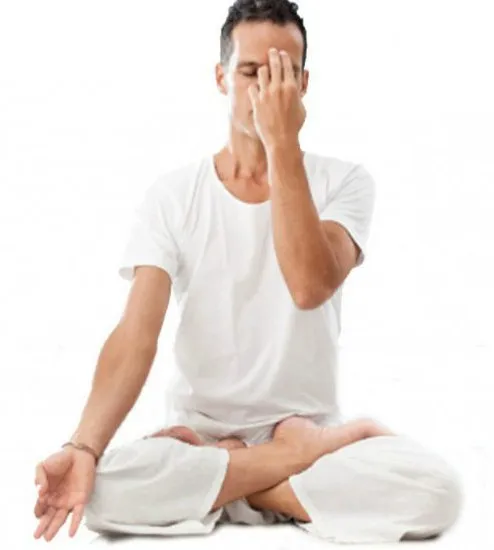
Frequently Asked Questions
Question:What is Bronchiolitis?
Answer: Bronchiolitis is a common lung infection in young children and infants. It causes inflammation and congestion in the small airways (bronchioles) of the lung.
Question: What are the Causes of Bronchiolitis?
Answer: Bronchiolitis is caused by a virus known as the respiratory syncytial virus (RSV), which is spread through tiny droplets of liquid from the coughs or sneezes of someone who’s infected. The infection causes the smallest airways in the lungs (the bronchioles) to become infected and inflamed.
Question: What is the Ayurvedic Treatment for Bronchiolitis?
Answer: If patient is healthy and the disease is severe, then Sodhana chikitsa (purificatory) should be done with vamana, Virechana and then samana(palliative) chikitsa should be done with advised diet and medicines.
Dr. Gupta’s IAFA aspires to be the destination of choice for people seeking natural treatment for bronchiolitis. IAFA ensures that our health care system better meets the needs of all about your child’s health.
Making health care better. Together.!!! Dr. Gupta’s IAFA for your child’s future
Was this Page Helpful?
So IAFA’s Root-Cause Treatment of Bronchiolitis is Just 3 Steps Away!

01. Connect With Us
Book an appointment to share queries of your child health.

02. Consult With Us
Consult with Ayurvedic Pediatrician of IAFA®.

03. Root Cause Treatment
Get an accurate diagnosis and treatment for your child.
Real Case Studies – Successfully Treated Patients
Real Case Studies of Successfully Treated Patients from All Around the World by IAFA Ayurveda®
-
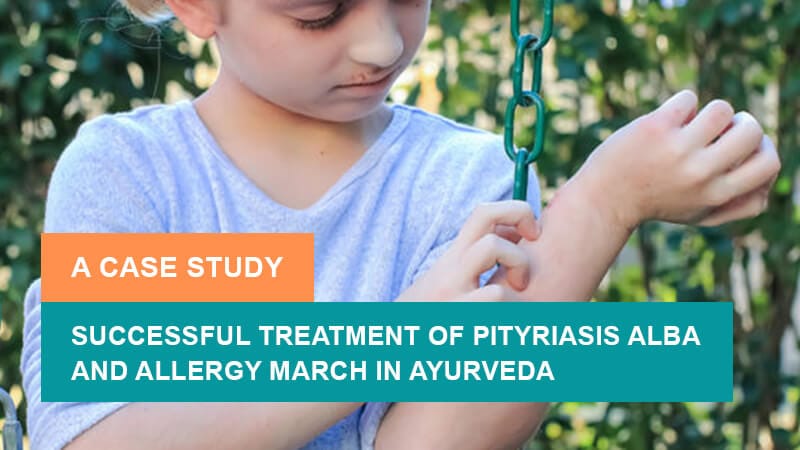
Successful Treatment of Pityriasis Alba and Allergy March in Ayurveda – A Case Study
It is a case study about successful treatment of Pityriasis Alba and…
-

Successful Treatment of Gallstones (Cholelithiasis) with Ayurvedic Medications – A Case Study
It is a case study about the successful treatment of Gallstones (Cholelithiasis)…
-
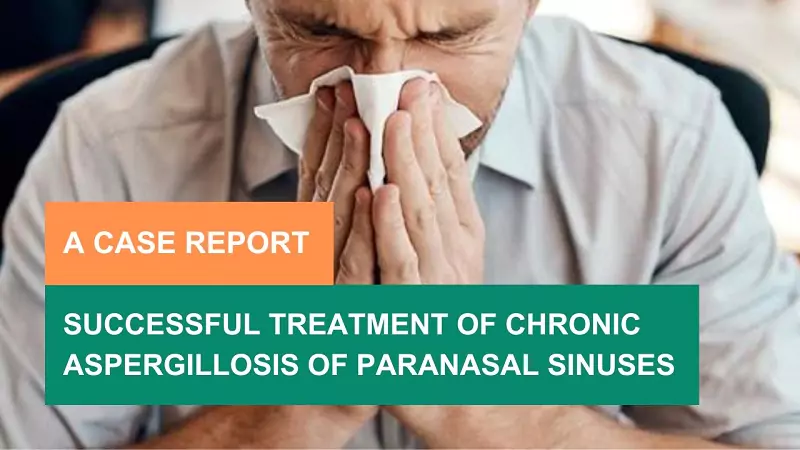
48-Year-Old Male Patient Got Relief from Chronic Aspergillosis of Paranasal Sinuses – A Case Study
Fungal infections can be treated with a high success rate by various…
-
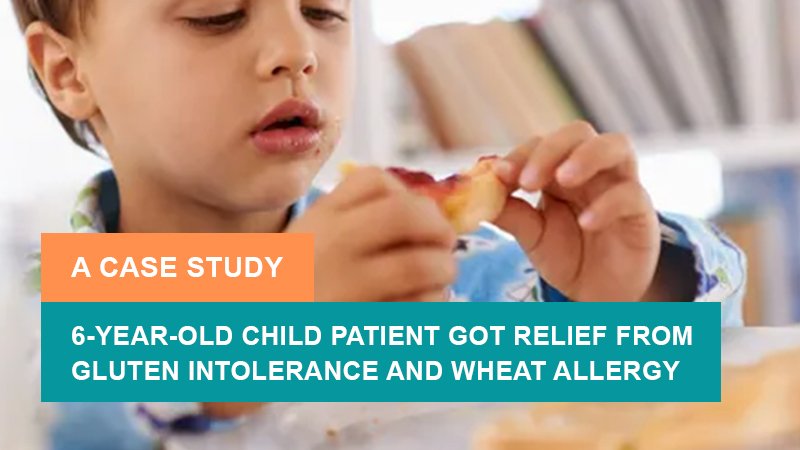
6-Year-Old Child Patient Got Relief from Gluten Intolerance and Wheat Allergy – A Case Study
It is a case study of a 6-year-old Child Patient who got…

